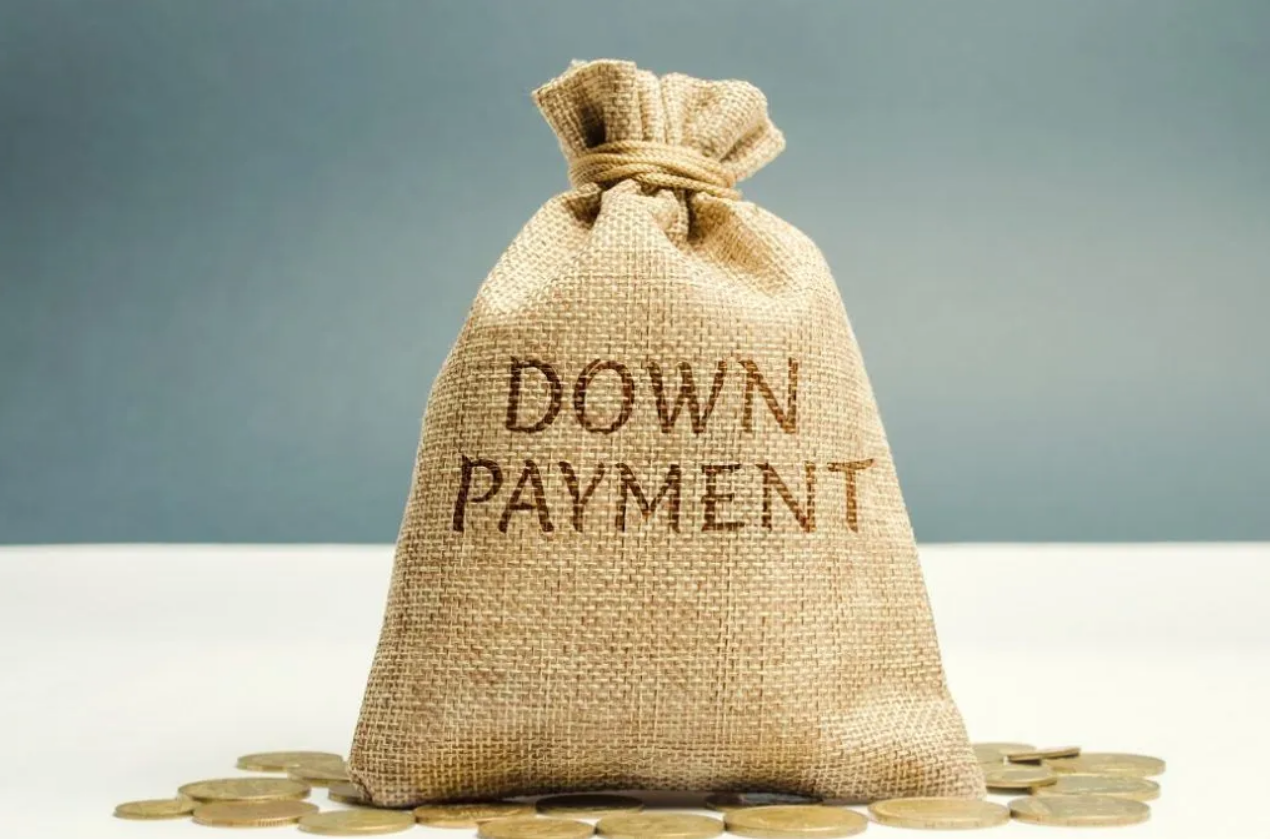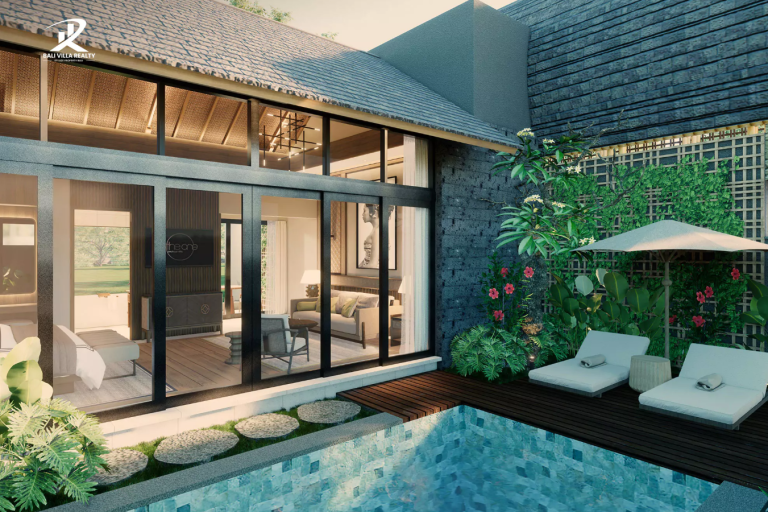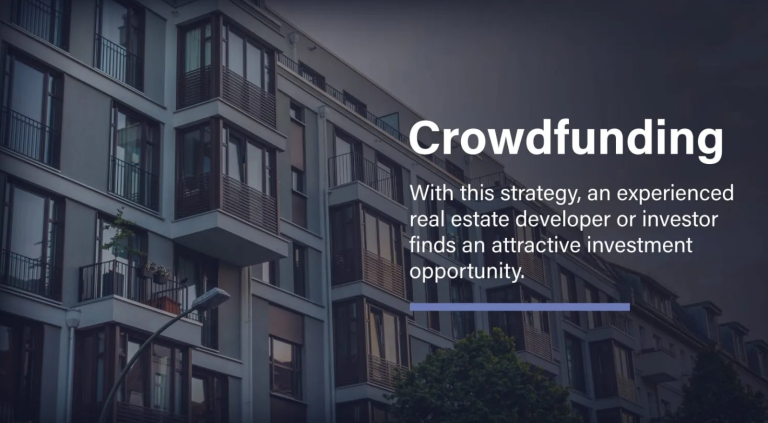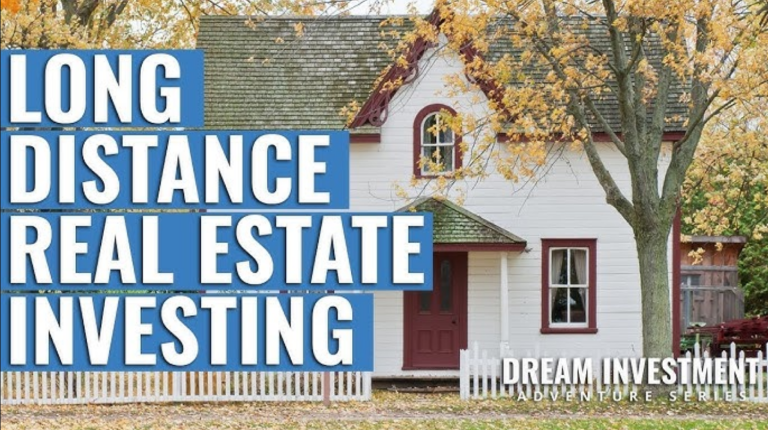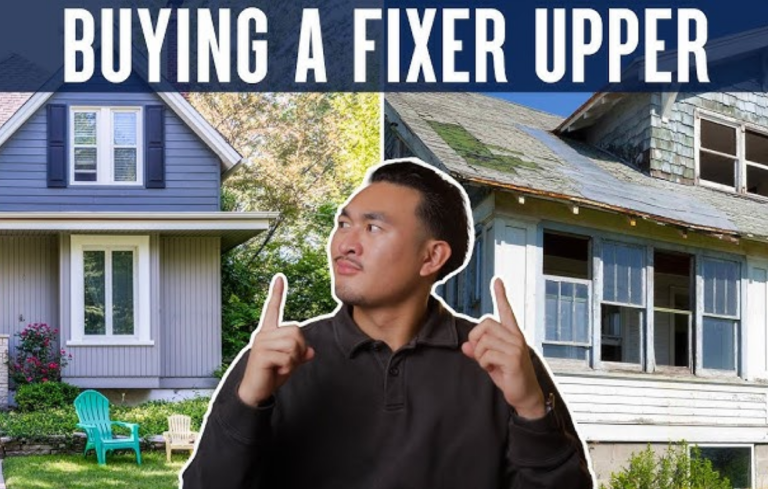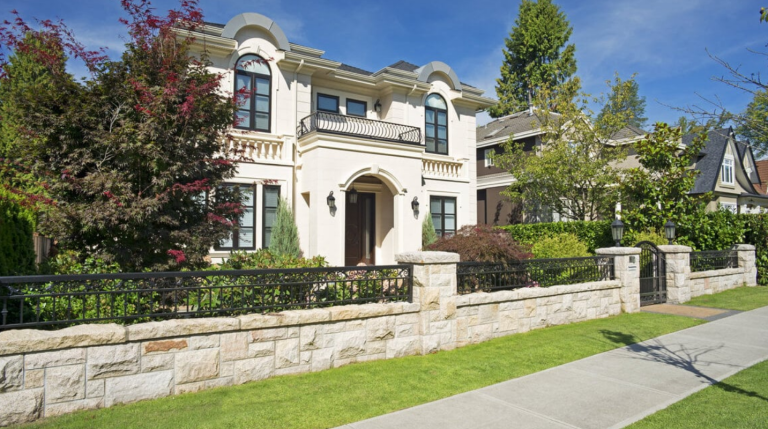Mastering Down Payment Guidelines and Home Financing Choices for Buyers
Embarking on the path to owning a home can feel like navigating a complex maze, especially when it comes to figuring out initial payments and loan structures. For aspiring homeowners in vibrant markets across the United States and key European countries like Germany, France, and the UK, these elements play a pivotal role in turning dreams into reality. This comprehensive overview breaks down the essentials, drawing from the latest trends to help you make informed decisions that align with your financial goals and lifestyle needs.
In regions where property values continue to climb, understanding how much you need upfront and what borrowing paths are available isn’t just helpful—it’s crucial. Whether you’re a first-timer eyeing a cozy condo in Chicago or a family seeking a villa in the French countryside, we’ll cover the rules, perks, and practical steps to secure funding without overwhelming your budget.
Essential Insights on Down Payment and Financing Frameworks
Diving deeper, down payments represent the upfront cash you contribute toward a property’s purchase price, typically expressed as a percentage. In the US, conventional loans often require 5-20%, but government-backed options like FHA loans allow as little as 3.5% for those with credit scores of 580 or higher. This flexibility stems from FHA’s aim to boost accessibility, covering not just the down payment but also closing costs that can add 2-5% more.
Across the Atlantic, European norms vary by country. In Germany, residents might secure 100% financing with no down payment if they meet income caps—repayments can’t exceed 35% of monthly earnings—while non-residents face 40% minimums to mitigate lender risks. France typically demands 20-30% deposits, with non-EU buyers potentially needing up to 50% or collateral like two years’ payments in savings. The UK leans toward 5-10% for first-timers via schemes like Shared Ownership, though foreigners might encounter stricter LTV (loan-to-value) ratios around 60-70%.
Financing options encompass fixed-rate mortgages for stability, variable rates for potential savings, and hybrids blending both. Current US rates hover at 6-7% for 30-year fixed, influenced by Federal Reserve policies, while Europe sees 3-5% in Germany and France due to ECB benchmarks. Additional factors include credit history, employment stability, and property type—eco-friendly homes often qualify for “green” loans with discounted rates.
Keep in mind, hidden fees like origination charges (1% of loan amount) or notary costs in Europe (up to 7% in France) can inflate totals. Always factor in mortgage insurance if your down payment dips below 20%, which protects lenders but adds $50-200 monthly in the US.
Detailed Advantages of Smart Financing Approaches
Choosing the right down payment and financing setup isn’t merely about affordability—it’s about leveraging tools that enhance your overall financial health and living experience. Let’s explore these benefits in depth, focusing on specific products like FHA loans in the US or green mortgages in Europe, which incorporate advanced features for modern buyers.
To begin with, low down payment options free up capital for other priorities. An FHA loan’s 3.5% requirement means you could buy a $400,000 home with just $14,000 down, compared to $80,000 on a 20% conventional. This preserves liquidity for renovations or emergencies, and with built-in protections like assumable loans, you can transfer the mortgage to a buyer later, potentially saving on closing costs during resale.
Next, fixed-rate mortgages provide predictability amid economic shifts. In Germany, a 10-year fixed annuity loan at 4.2% locks in payments, shielding you from rate hikes that could add hundreds monthly. Detailed perks include options for extra repayments up to 5% annually without penalties, accelerating equity buildup and reducing interest over time—potentially saving €20,000 on a €300,000 loan.
Variable and capped-rate products in France offer flexibility with tech-savvy integrations. Many lenders now use apps for real-time rate tracking and automated adjustments, capped at 3-4% to prevent spikes. For non-residents, this means borrowing at 3.3% for 20 years while benefiting from AI-driven affordability calculators that simulate scenarios, helping avoid overcommitment and promoting long-term stability.
Green financing stands out for its environmental and economic wins. In the US, programs like Energy Efficient Mortgages allow stretching debt-to-income ratios by 2% for solar-paneled homes, cutting utility bills by 20-30% via smart thermostats and insulation. European variants, such as France’s eco-loans, subsidize rates to 2.5-3%, with detailed incentives like tax credits for upgrades, addressing climate concerns while boosting property value—studies show green homes appreciate 5-10% faster.
Finally, assistance programs amplify accessibility. US down payment grants, often 3-5% of purchase price, forgive loans after 5-10 years of residency, easing entry for low-income buyers. In Europe, similar subsidies in the UK cover equity shares, reducing monthly outlays and solving affordability gaps in high-cost areas like London.
Real-World Illustrations of Financing Solutions
To bring these concepts to life, here are three authentic examples of down payment and financing programs in action. Each highlights practical applications, with links to official resources for further exploration.
- FHA Loans in the United States: This government-insured option is a lifeline for moderate-income buyers, requiring only 3.5% down on homes up to $1.2 million in high-cost areas. For a $500,000 property, that’s $17,500 upfront, with rates around 6.5% and flexible credit guidelines down to 500 scores (10% down then). It includes mortgage insurance but allows gifts for the down payment, making it ideal for young professionals. Detailed aspects: The program covers single-family homes to four-unit properties, with streamlined refinancing options that can lower rates without appraisals. This addresses barriers like high entry costs in cities like New York, where average homes exceed $700,000. For more: FHA Loan Requirements.
- HomeReady Mortgage by Fannie Mae (US Focus): Tailored for low-to-moderate income households, this conventional loan permits 3% down payments, often with lender credits covering closing costs. On a $300,000 home, expect $9,000 down, rates at 6-7%, and income caps at 80% of area median. It incorporates online education modules for credit building and allows non-occupant co-borrowers, expanding eligibility. In-depth: Features like reduced mortgage insurance (cancellable after 20% equity) save $100+ monthly compared to FHA, plus compatibility with down payment assistance for zero-cash closings. This solves issues for first-timers in competitive markets like California, enhancing affordability without sacrificing quality. Check details: Fannie Mae HomeReady Program.
- German Annuity-Fixed Rate Mortgage via DKB Bank: Popular among expats, this allows up to 100% financing for residents, with no down payment if income supports it, at rates of 3.5-4.5% fixed for 10 years. For a €400,000 apartment, payments might be €1,800 monthly, with green variants for energy-efficient builds dropping to 3%. It includes free refinancing after a decade and app-based management for payments. Elaborating: Non-residents start at 60% LTV (40% down), but EU citizens qualify easier with job proof. This tackles high deposit hurdles in Berlin’s market, where properties average €5,000/sq m, promoting stability through predictable terms. Explore here: DKB Baufinanzierung.
These cases showcase how tailored financing can adapt to diverse needs, from minimal upfront costs to eco-focused incentives.
Practical Transaction Details: Securing Your Loan
On the transactional front, obtaining financing involves clear steps and costs. Begin with pre-approval: Submit income docs, credit reports, and asset statements to lenders like Wells Fargo in the US or BNP Paribas in France. Expect application fees of $300-500, plus appraisal costs around $400-600.
Rates and pricing: US FHA loans start at 6.25% APR with 3.5% down; European fixed rates at 3.5% with 20% deposits. Total costs include points (0.5-1% to lower rates) and insurance premiums (0.5-1% annually if low down).
How to buy: Shop via comparison sites, then apply online or in-branch. In the US, closing takes 30-45 days; Europe 2-3 months due to notary processes.
Where to apply: US options include Rocket Mortgage for quick digital processes. In Europe, HSBC for internationals. As an affiliate-style prompt: Secure Your Mortgage Today
For Germany/France, brokers like Hypofriend offer free consultations: Get Started Here
In-Depth Scenarios and Value Proposition
Picture a young couple in Chicago struggling with rent hikes: A 3% down conventional loan solves cash shortages, enabling homeownership that builds equity instead of wasting on leases. It addresses inflation by locking rates, essential as US housing costs rise 5% yearly.
For an expat family in Paris facing high deposits: A capped-rate mortgage at 3.3% with 25% down mitigates rate volatility, providing security in uncertain markets. Why essential? It prevents over-renting, offering tax deductions on interest that save €5,000 annually.
An investor in Germany: Zero-down financing for a buy-to-let property generates rental income exceeding payments, hedging against low savings returns. This resolves portfolio stagnation, as properties appreciate 4-6% yearly, making it vital for wealth growth.
Ultimately, these options aren’t optional luxuries—they empower financial freedom in pricey regions.
Frequently Asked Questions
- What’s the minimum down payment for a home in the US?
It varies: 3.5% for FHA loans if your credit is solid, or 3% for first-timers on conventional mortgages. Always check lender specifics. - Do Europeans need large deposits as non-residents?
Yes, often 30-40% in countries like France or Germany to qualify, though residents might borrow 100% with strong income proof. - How do interest rates compare between the US and Europe?
US rates are around 6-7% for fixed terms, while Europe hovers at 3-5%, influenced by central bank policies and borrower profiles. - Can I get help with down payments?
Absolutely—US grants cover 3-5%, and European schemes like green loans subsidize for eco-homes, often forgivable after residency periods. - What’s the process for applying as a foreigner in the US?
Use banks like HSBC requiring 20-25% down, no US credit needed, but prepare international reports and assets verification for approval.
